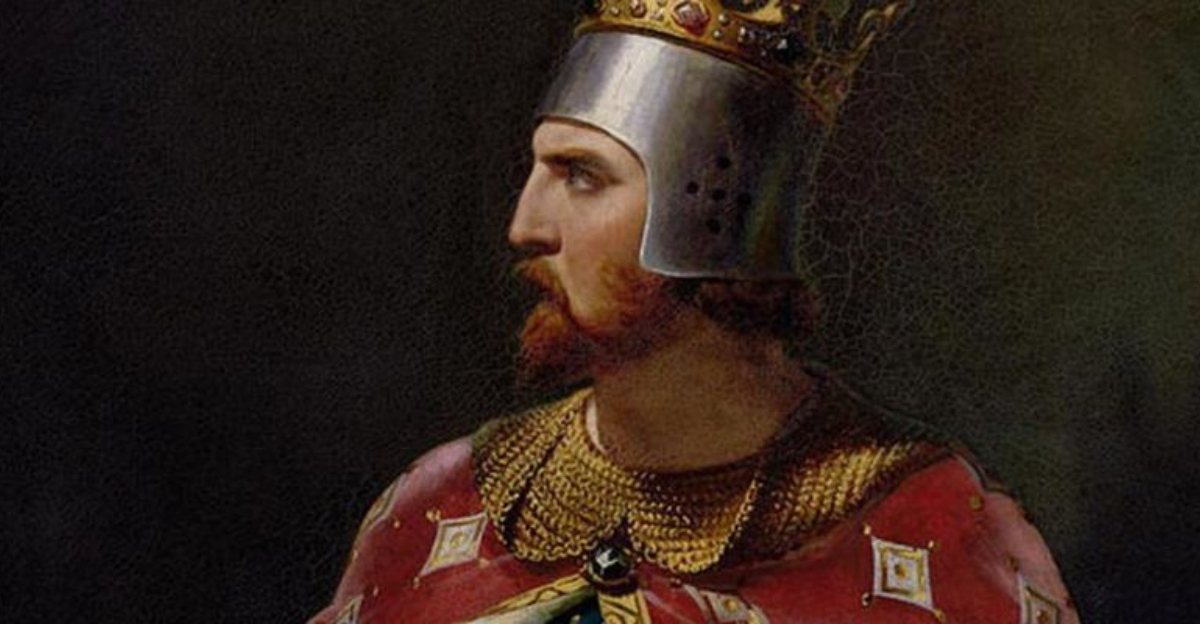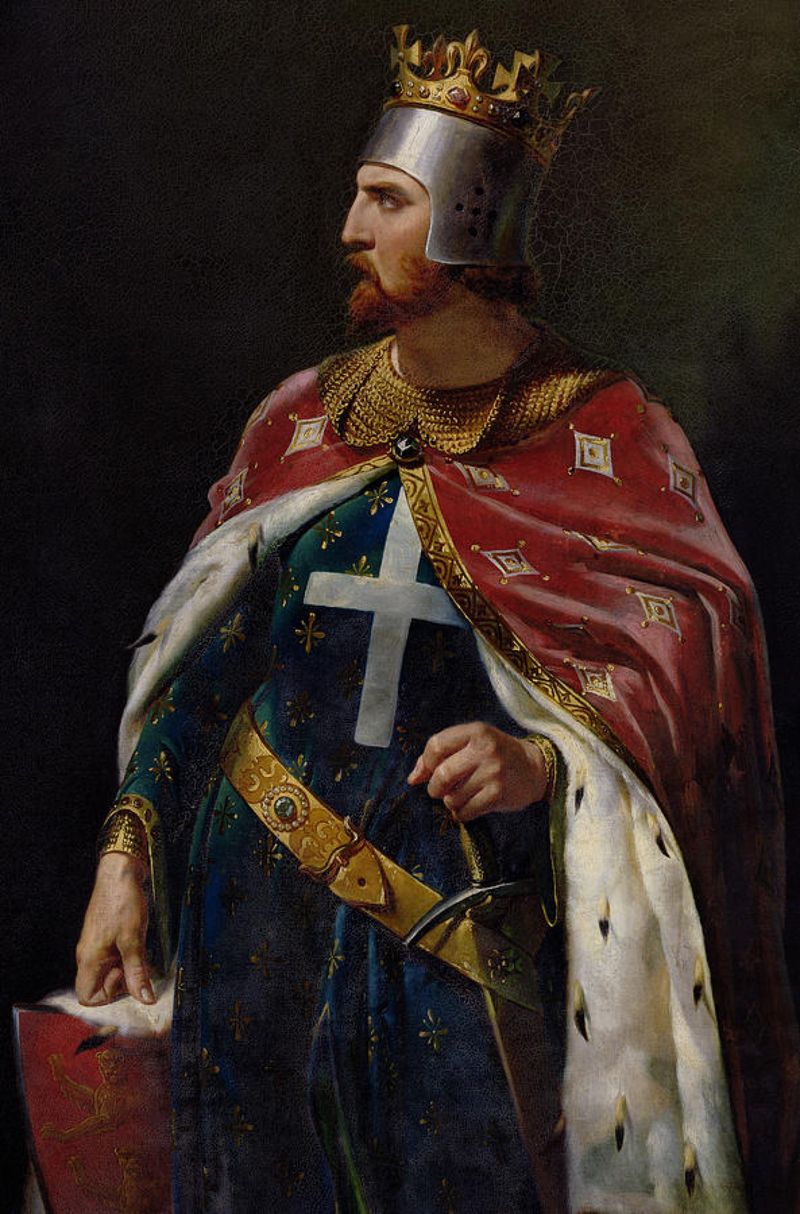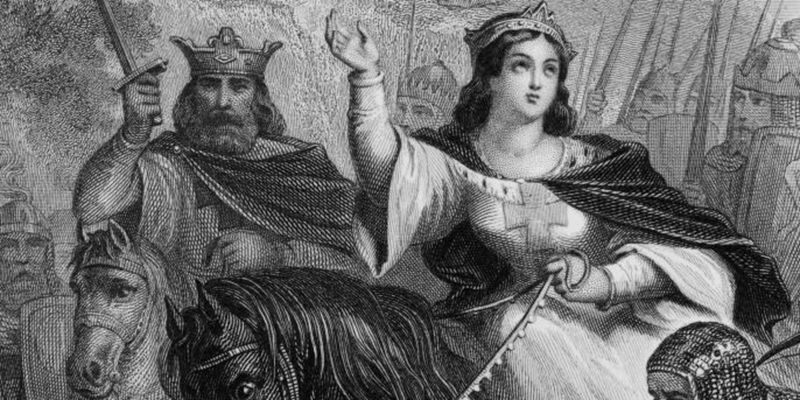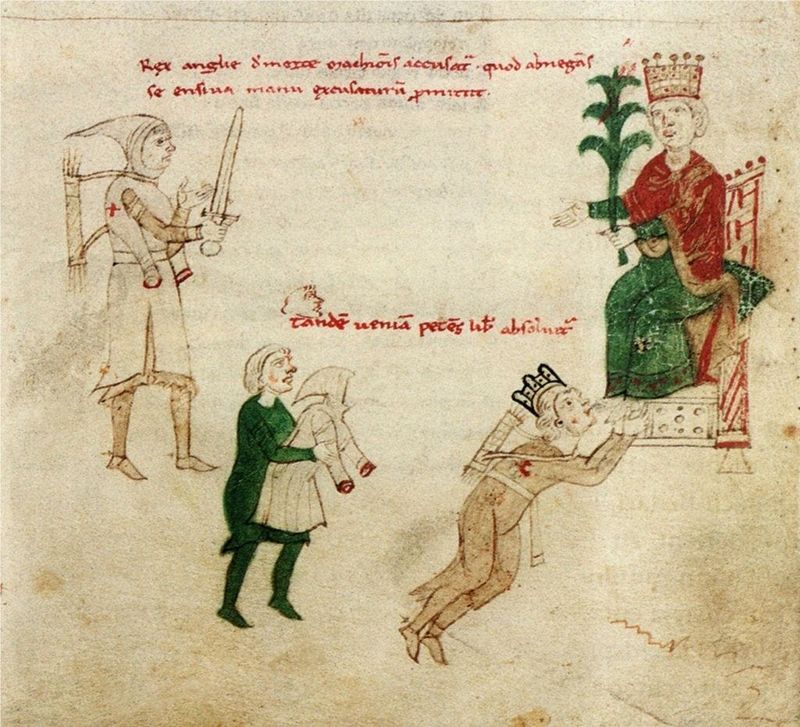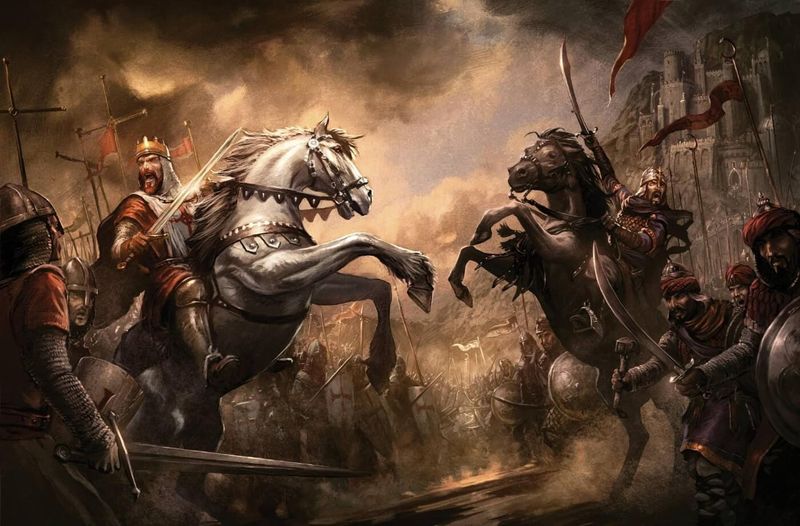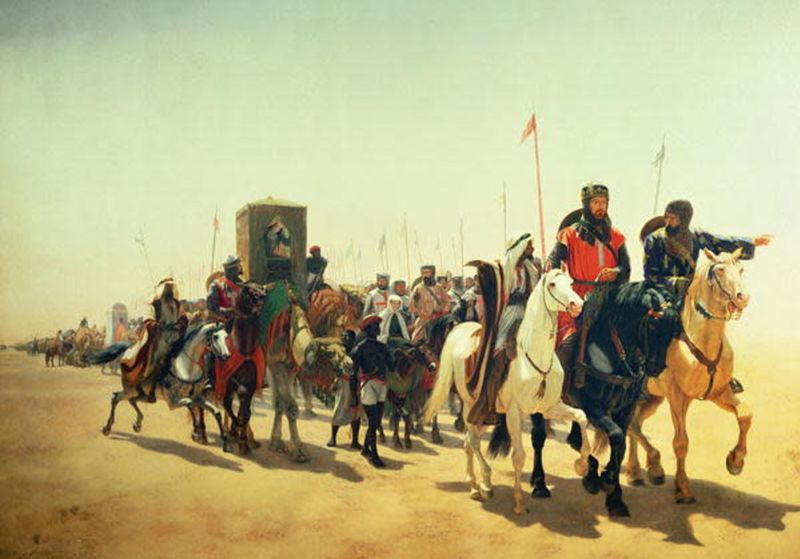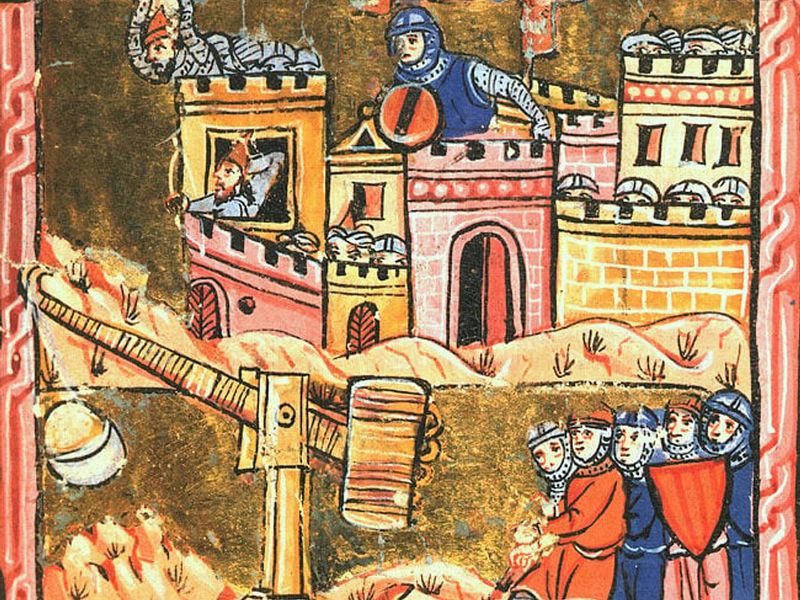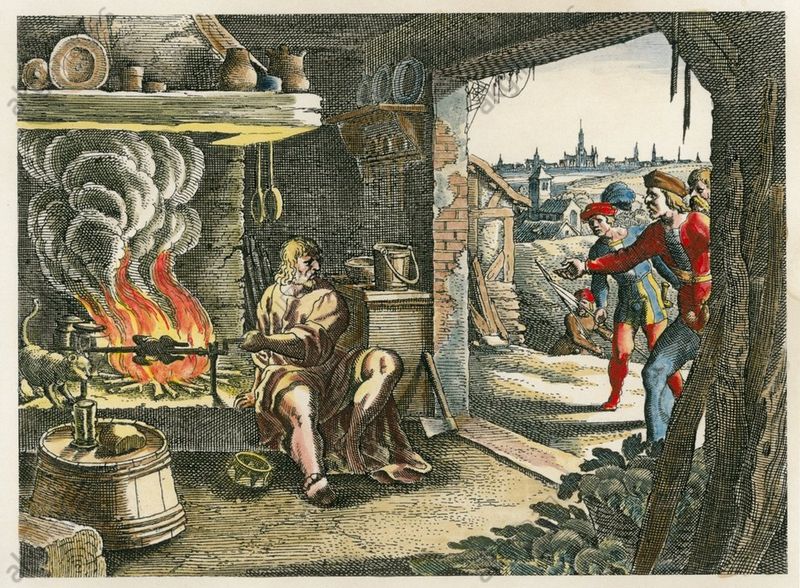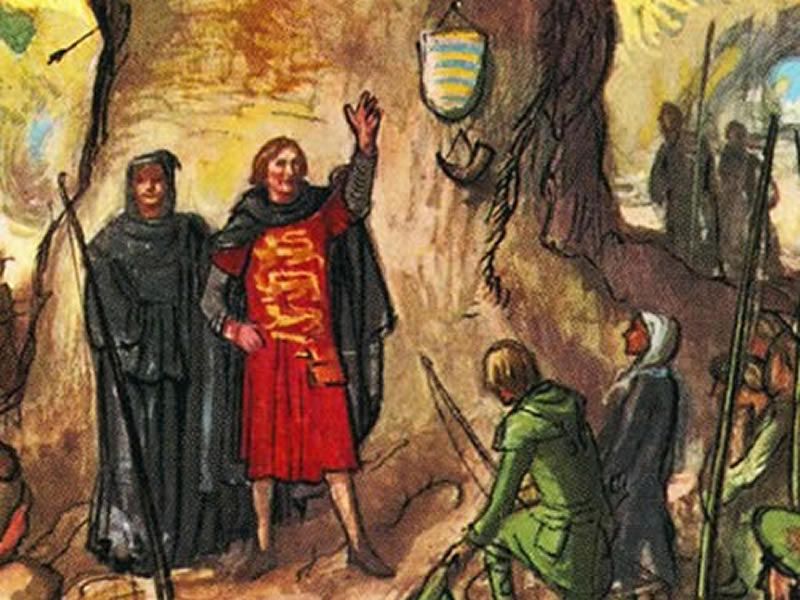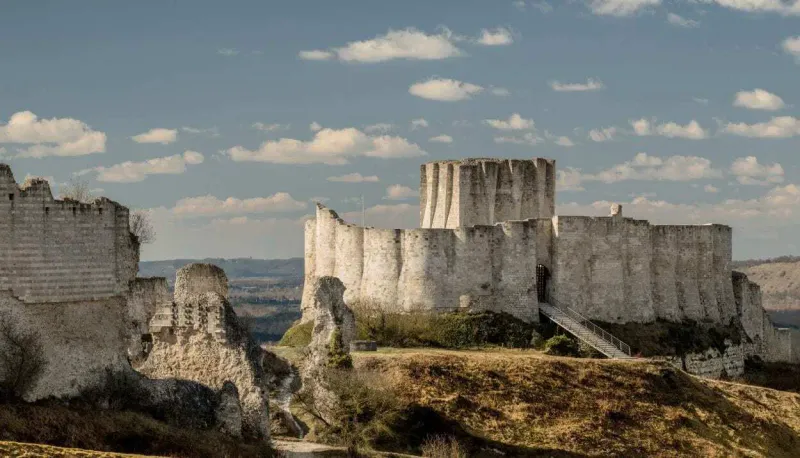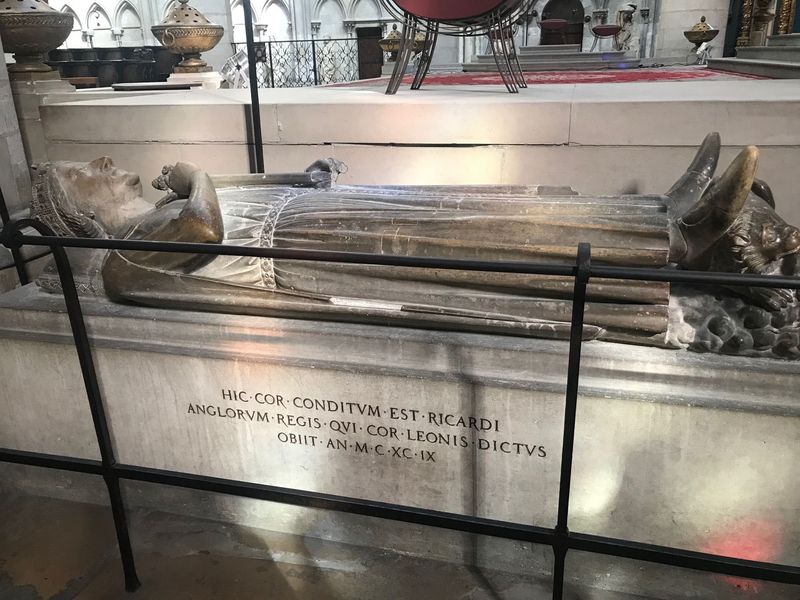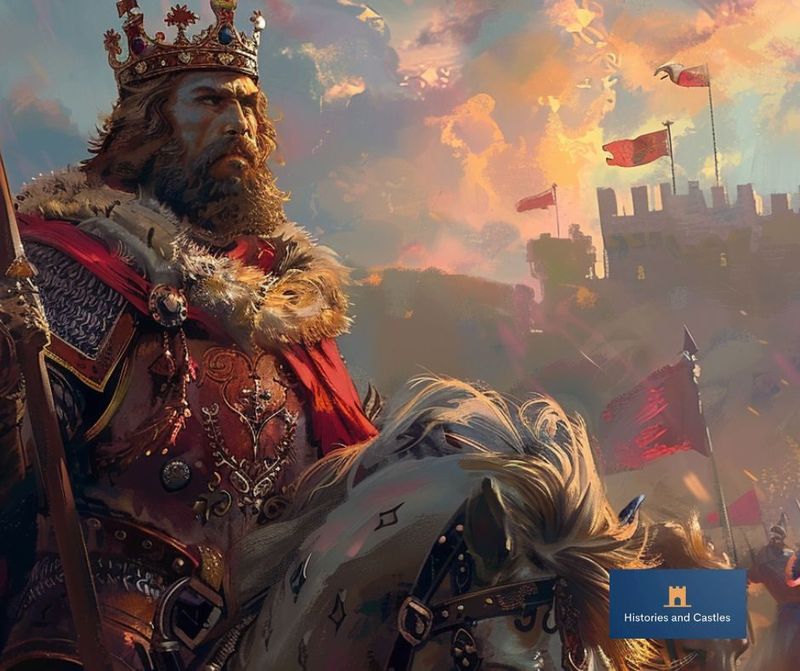Richard the Lionheart, born on September 8, 1157, in Oxford, England, was the third son of King Henry II and Eleanor of Aquitaine. Known for his courage and military prowess, Richard became a legendary figure in both history and folklore.
His life was filled with extraordinary events, from leading the Third Crusade to being captured and ransomed. Here are 21 fascinating facts that explore the legacy and legend of England’s fairytale king.
1. Birth and Family
Born in 1157 to King Henry II and Eleanor of Aquitaine, Richard was destined for greatness. His childhood was marked by the influences of his powerful parents. Eleanor, a formidable ruler in her own right, instilled in Richard a sense of duty and leadership. Growing up, he was surrounded by legends, setting the stage for his own legendary status. His early years were a blend of royal privilege and intense training.
2. Language and Culture
Richard’s linguistic prowess was evident in his fluency in Occitan, the dialect of southern France. Unlike many English monarchs, he spoke little English and spent much of his life in France. His cultural identity was deeply rooted in the French traditions of chivalry and courtly love. This upbringing influenced his diplomatic and military strategies. His affinity for French culture shaped his reign and personal relationships.
3. Duke of Aquitaine
At just 11 years old, Richard assumed the title of Duke of Aquitaine, a significant responsibility for a young prince. This role required him to manage vast lands and navigate complex political landscapes. The early experience honed his leadership skills and prepared him for future challenges. His tenure as duke was marked by both strife and success. It laid the groundwork for his evolution into a formidable king.
4. Favored by Eleanor
Eleanor of Aquitaine’s favoritism towards Richard was evident throughout his life. She advocated for him, even against his father, King Henry II. Her support was crucial in his rise to power. Eleanor’s influence was not just maternal; it was strategic. Her backing provided Richard with the means and confidence to pursue his ambitions. Their bond was a powerful alliance that shaped Richard’s path to the throne.
5. Reign as King
Richard was crowned King of England at Westminster Abbey on September 3, 1189. His reign, though lasting a decade, saw him spend less than a year in England. The ceremony was grand, reflecting his royal stature. Despite his absence, Richard’s influence was felt through decisive leadership and military campaigns. His nickname, the Lionheart, encapsulates his fearless approach. The coronation marked the beginning of a turbulent yet legendary rule.
6. Courage and Leadership
Richard’s epithet “the Lionheart” was earned through his valiant military leadership. His bravery on the battlefield was legendary, inspiring allies and striking fear into foes. He embodied the chivalric ideals of his time, leading by example. His strategic acumen was evident in numerous campaigns, particularly during the Crusades. Richard’s courage defined his legacy, establishing him as a symbol of medieval heroism.
7. Taxation and Crusade Funding
Richard’s reign involved aggressive taxation to fund the Third Crusade. He employed unconventional methods, including selling offices and rights, to amass resources. This financial strategy, though controversial, was a testament to his commitment to the Crusades. Richard viewed the Crusade as a sacred duty, prioritizing it over domestic affairs. The heavy taxes reflect his single-minded focus on achieving victory abroad.
8. Leading the Third Crusade
Richard’s leadership during the Third Crusade was marked by alliances with Philip II of France and the Holy Roman Emperor. His strategic prowess was evident in his ability to unite diverse forces. The Crusade tested his diplomatic and military skills, revealing both his strengths and flaws. Despite challenges, Richard’s determination never wavered. His role in the Crusade cemented his reputation as a dedicated warrior king.
9. Conflict with Saladin
Richard and Saladin, though adversaries, shared mutual respect. Their encounters during the Crusades were intense, showcasing strategic brilliance on both sides. Despite their rivalry, they admired each other’s skill and chivalry. The battles with Saladin were defining moments, highlighting Richard’s tactical genius. The dynamic between the two leaders added complexity to the Crusades, elevating them beyond mere military engagements.
10. Victory at Acre
The capture of Acre in 1191 was a pivotal achievement in Richard’s Crusade campaign. His leadership galvanized the Crusader forces, leading to a decisive victory. The siege was brutal, testing Richard’s resolve and military acumen. Acre’s fall boosted morale among the Crusaders, strengthening their position in the Holy Land. This triumph, however, was overshadowed by subsequent controversies, yet it remains a testament to his strategic skill.
11. Jerusalem’s Elusive Goal
Despite several near successes, Richard never recaptured Jerusalem, the ultimate Crusade objective. His campaigns brought him close, but political and military challenges thwarted his efforts. The quest for Jerusalem was a personal and symbolic goal, representing the heart of the Crusades. Richard’s perseverance, even in the face of setbacks, underscores his commitment to the cause. His legacy, tied to this elusive ambition, remains complex.
12. Execution at Acre
Richard’s order to execute 2,700 Muslim prisoners at Acre remains a controversial aspect of his legacy. This decision, driven by strategic and logistical pressures, sparked intense debate. The act was intended to send a message, demonstrating Richard’s resolve. However, it also highlighted the brutal realities of medieval warfare. The executions cast a shadow over his achievements, illustrating the harsh choices leaders faced in pursuit of victory.
13. Truce with Saladin
In 1192, Richard negotiated a truce with Saladin, allowing Christian pilgrims access to Jerusalem. This agreement, though not a military victory, was a diplomatic success. It showcased Richard’s ability to balance military ambition with practical diplomacy. The truce was a pragmatic resolution to a protracted conflict, preserving lives and resources. Richard’s negotiation skills were key in achieving a peaceful compromise, adding nuance to his warrior image.
14. Shipwreck and Capture
On his return journey from the Crusades, Richard was shipwrecked and captured by Duke Leopold of Austria. This unexpected turn of events led to his imprisonment, testing his resilience. The capture was a political embarrassment, highlighting the vulnerabilities of even the most powerful kings. Despite the adversity, Richard’s spirit remained unbroken. His captivity became a legendary tale of endurance and eventual triumph, reinforcing his mythic status.
15. Ransom and Release
England paid a colossal ransom of 150,000 marks for Richard’s release, a sum reflecting his value and importance. The ransom, equivalent to several years’ royal revenue, strained the kingdom’s finances. Richard’s return was a celebrated event, symbolizing resilience and loyalty. The episode underscored the political dynamics of the time, where fortunes could shift dramatically. The ransom story remains a testament to Richard’s enduring influence and charisma.
16. Robin Hood Legend
Richard’s association with the Robin Hood legend portrays him as the “good king,” contrasting with his brother Prince John. This mythologized image stems from folklore celebrating justice and heroism. Richard’s brief appearances in these tales enhance his legendary status, casting him as a benevolent figure. The Robin Hood connection adds a romantic dimension to his legacy, enduring in popular culture as a symbol of rightful leadership.
17. Family Rebellions
Richard’s reign was marred by rebellions from his brothers, reflecting internal family conflicts. These disputes tested his leadership and diplomatic skills. Navigating familial tensions required a delicate balance of authority and conciliation. The rebellions were as much about power dynamics as personal rivalries. Richard’s ability to manage these challenges showcased his political acumen, adding another layer to his complex legacy.
18. Defending French Lands
In his later years, Richard focused on defending his French territories, especially against Philip II of France. This period was marked by strategic fortifications and military engagements. His efforts to protect his lands reveal his commitment to maintaining power and influence. The defense of these territories was crucial for his legacy, reflecting the ongoing power struggles of medieval Europe. Richard’s determination in these endeavors was unwavering.
19. Death and Legacy
Richard’s death in 1199 resulted from an infected wound at Châlus-Chabrol, ending his storied life. His passing marked the conclusion of an era defined by chivalry and conquest. Richard’s legacy, however, endures beyond his mortal years. His burial at Fontevraud Abbey, alongside his parents, signifies his lasting familial ties. The separate interment of his heart in Rouen adds a poignant note to his story, symbolizing his connection to Normandy.
20. Burial Places
Richard was interred at Fontevraud Abbey, a resting place for royalty, yet his heart was buried separately in Rouen. This dual burial symbolizes his dual identity as an English king and a French duke. The Abbey, a site of historical significance, reflects his noble lineage. Rouen, on the other hand, underscores his connection to Normandy. These burial sites, steeped in history, offer a glimpse into Richard’s multifaceted legacy, bridging two worlds.
21. Chivalric Symbolism
Richard embodies the ideals of chivalry and bravery, his deeds immortalized in history and legend. Though his actions were complex, his image as a knight remains iconic. His life story, filled with battles and diplomacy, reflects the chivalric code’s influence. Richard’s legacy as a symbol of knightly virtue transcends his mortal achievements. He continues to inspire, representing the archetype of a noble and fearless king.
